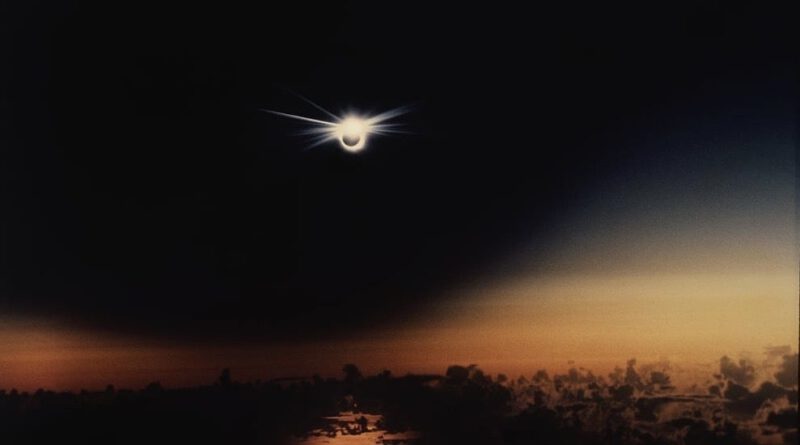What’s the big deal about solar eclipses? It’s a ‘full-body experience.’
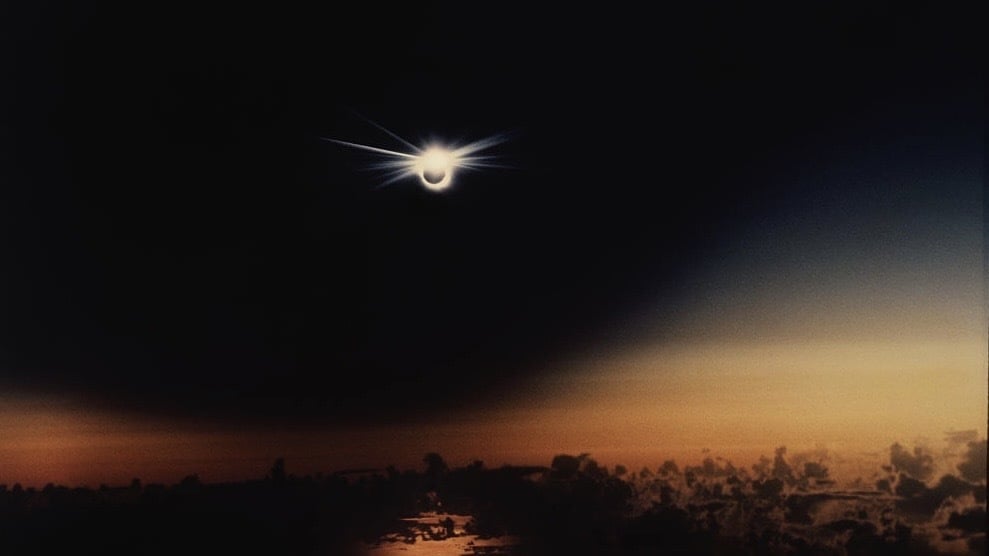
Since seeing his first solar eclipse at age 12, Ralph Chou has tried to relive that profound experience over and over, chasing the moon‘s shadow around the world.
It’s what inspired him to become a professional astronomer, then an optometrist with a special research interest in how to protect human eyes while viewing the sun. Chou, who has retired from teaching at the University of Waterloo in Ontario, is considered one of the foremost experts on solar eclipse glasses and filters.
On April 8, he will travel to West Texas near the Rio Grande River for what will be his 30th encounter with the eclipsed sun.
“If I had banked all the money I spent on airfares and hotels and all the other stuff for traipsing after eclipses for the last 60 years, I would be a very wealthy man,” he told Mashable.
For the uninitiated, all the hype surrounding the 2024 eclipse might seem peculiar: Why the fuss for a few minutes when the moon blocks the sun in space? This unusual phenomenon has transfixed civilizations throughout history. Ancient peoples have associated eclipses with superstitions. Some cultures continue to regard a total solar eclipse as a spiritual event.
Though many astronomers are excited about the potential research that could come from experiments planned during the upcoming eclipse, witnessing it will be much more personal. It’s a chance to contemplate life’s mysteries, they say, the majesty of our planet and its star, and our place in the universe. Ask a heliophysicist for a description of totality, and you might think she’s scatting poetry.
“It sounded cheesy, even though I study the sun and love the sun. The first time people were explaining this to me, I was like, ‘Yeah, sure, right,'” Kelly Korreck, NASA‘s eclipse program manager, told Mashable. “But having gone through it, it really is a full-body experience.”
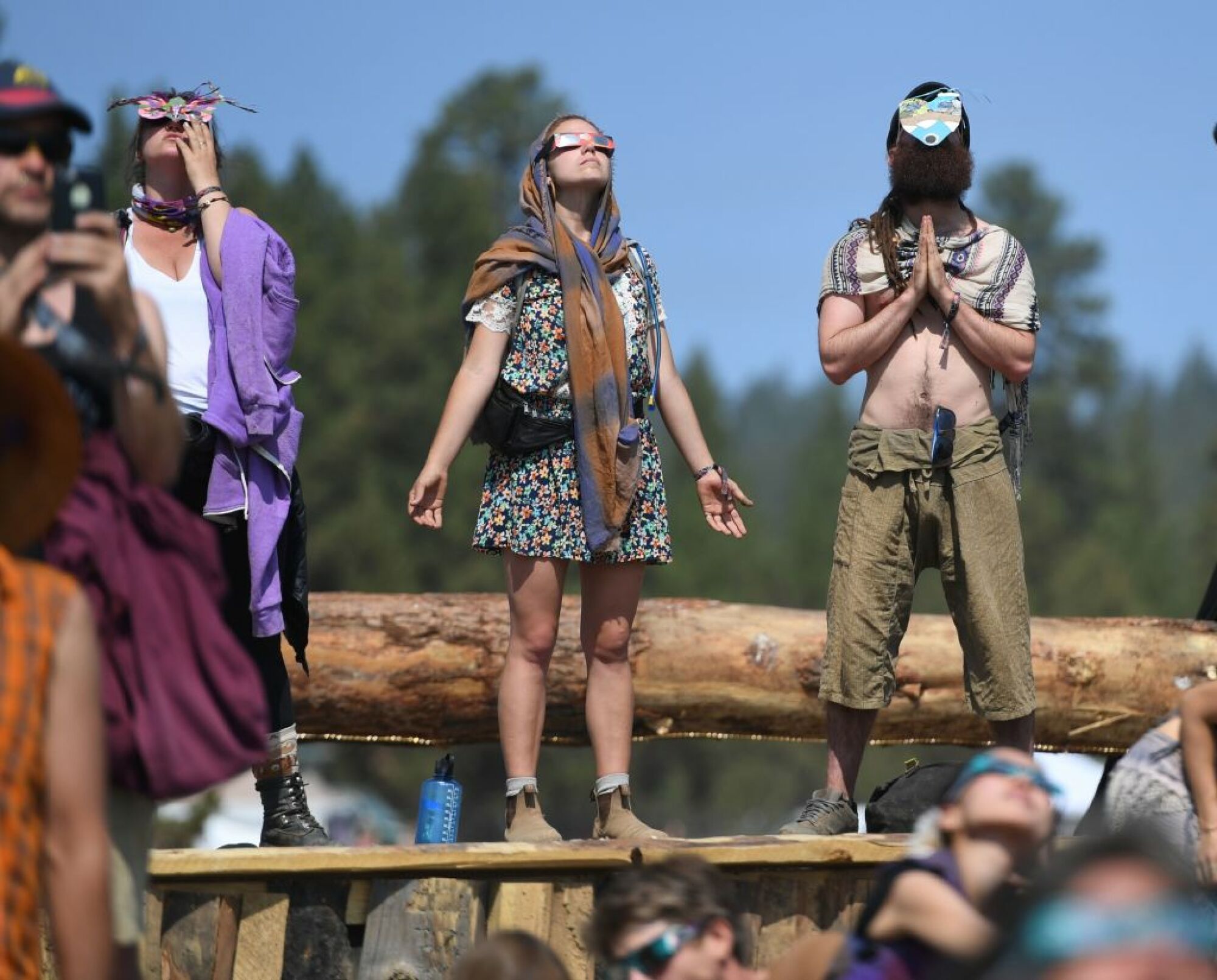
Here’s how she explains it:
At the peak of the eclipse, there is basically what looks like twilight all around the horizon — but darkness. Animals come to roost, or try to kind of wind down for the day, and then come back awake. You hear crickets during midday. If you were closer to a farm, you’d hear a rooster crow.
After this is done, there’s wind, the light gets a little eerie because it’s just coming in at different angles. Tree leaves show the crescent moons of the eclipse as it’s going, so they are pinhole projectors.
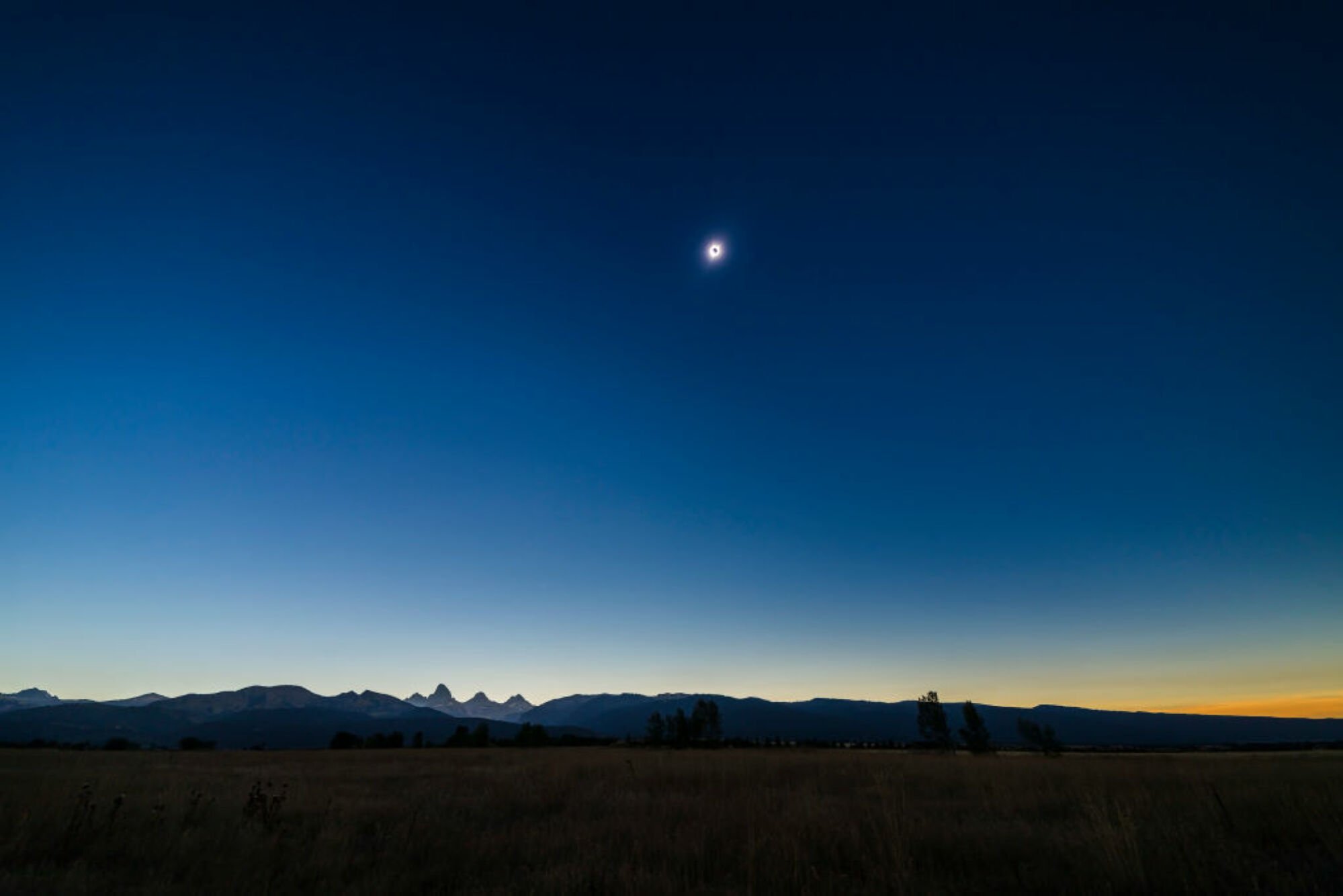
There’s just something magical about seeing what’s behind the sun — seeing some stars, seeing this beautiful corona around it. It gives you that sense of place, that sense of belonging, and also smallness in the universe.
That moment is when she had the epiphany other eclipse spectators have likely envisaged for millennia.
“How did we get so lucky to be in this place, where things just happened to align this way?” she said.
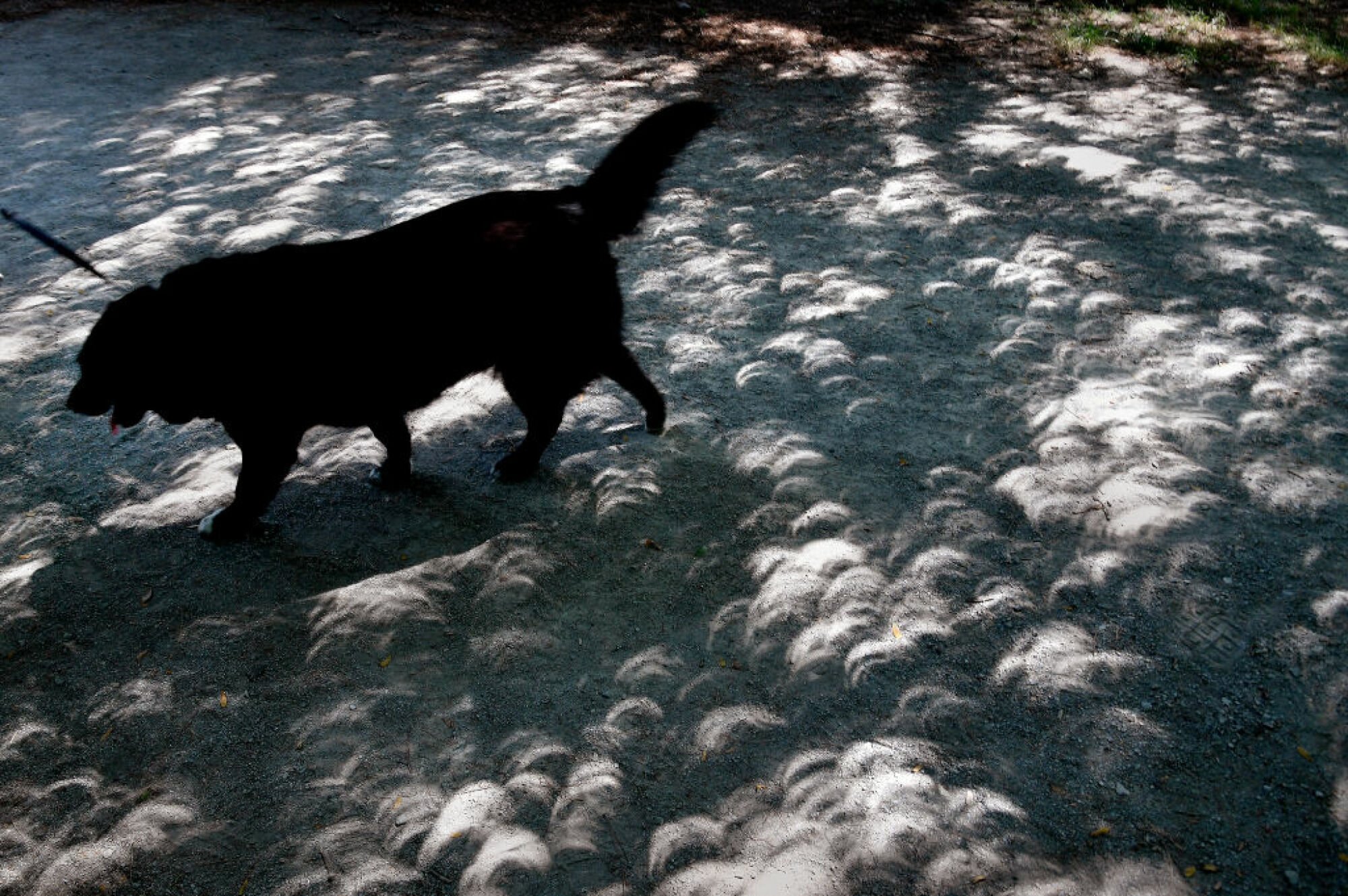
Michael Zeiler, an eclipse cartographer, has seen 11 total and four annular solar eclipses in his days. He and his wife founded the GreatAmericanEclipse.com, a resource for solar eclipses around the world, to share their passion for the phenomenon. No one has to be a scientist to appreciate a 360-degree sunset, he told Mashable, or the spiky glow of the corona, the sun’s outermost atmosphere.
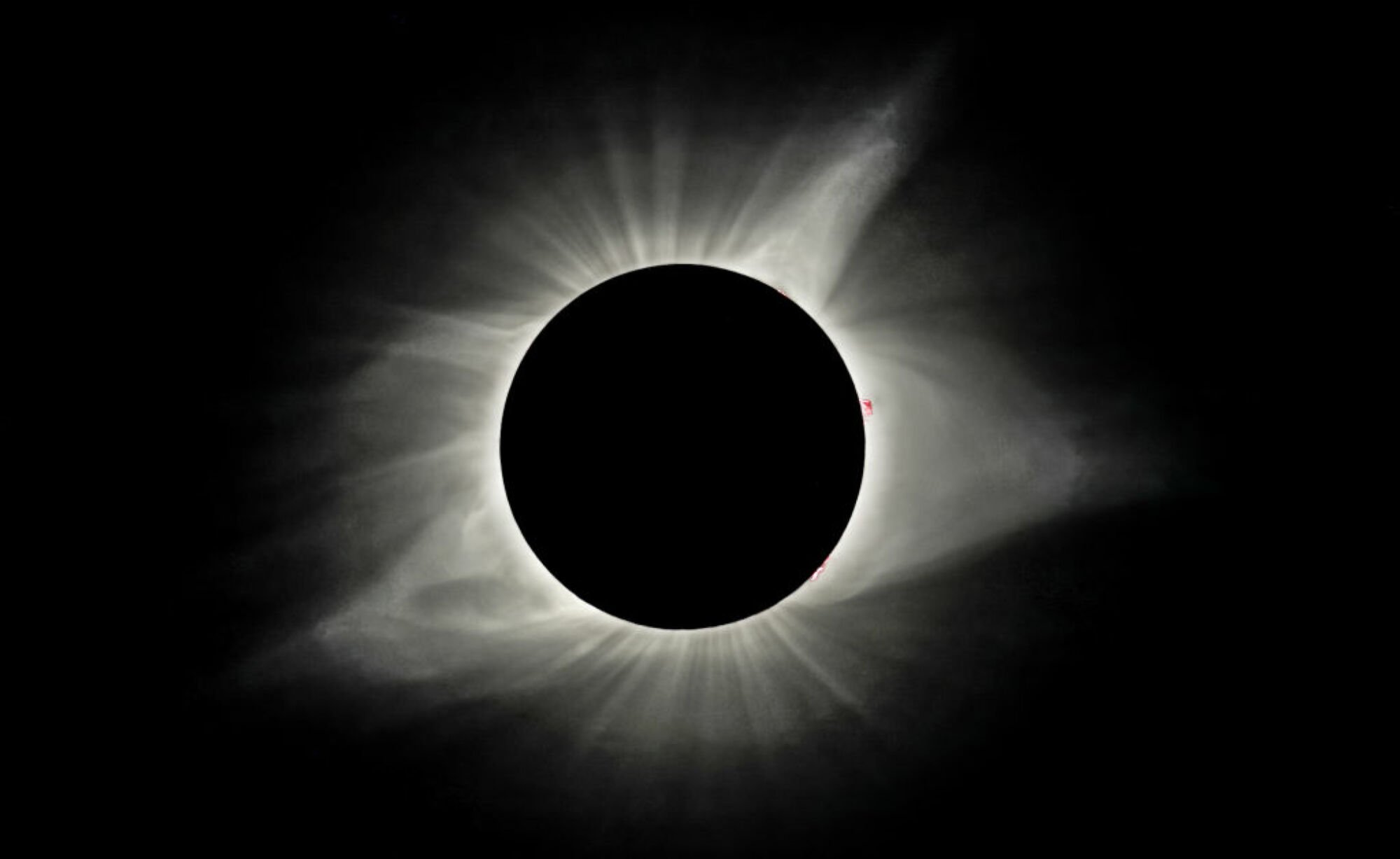
And when you do finally see it, it’ll be seared into your memory forever.
What is shocking are two things that you see at once: The first thing is the beauty of the sun’s corona. You’ve never seen that before.
But what adds a punch to that is the disk of the moon, which appears to be the blackest black you’ve ever seen. It’s like a hole in the sky. And I think that black hole superimposed against the corona is what evokes a lot of emotion, including a lot of foreboding.
If you go into the experience with some understanding, that fear will be tempered by — or overwhelmed by — the ecstasy of things, of something so beautiful.
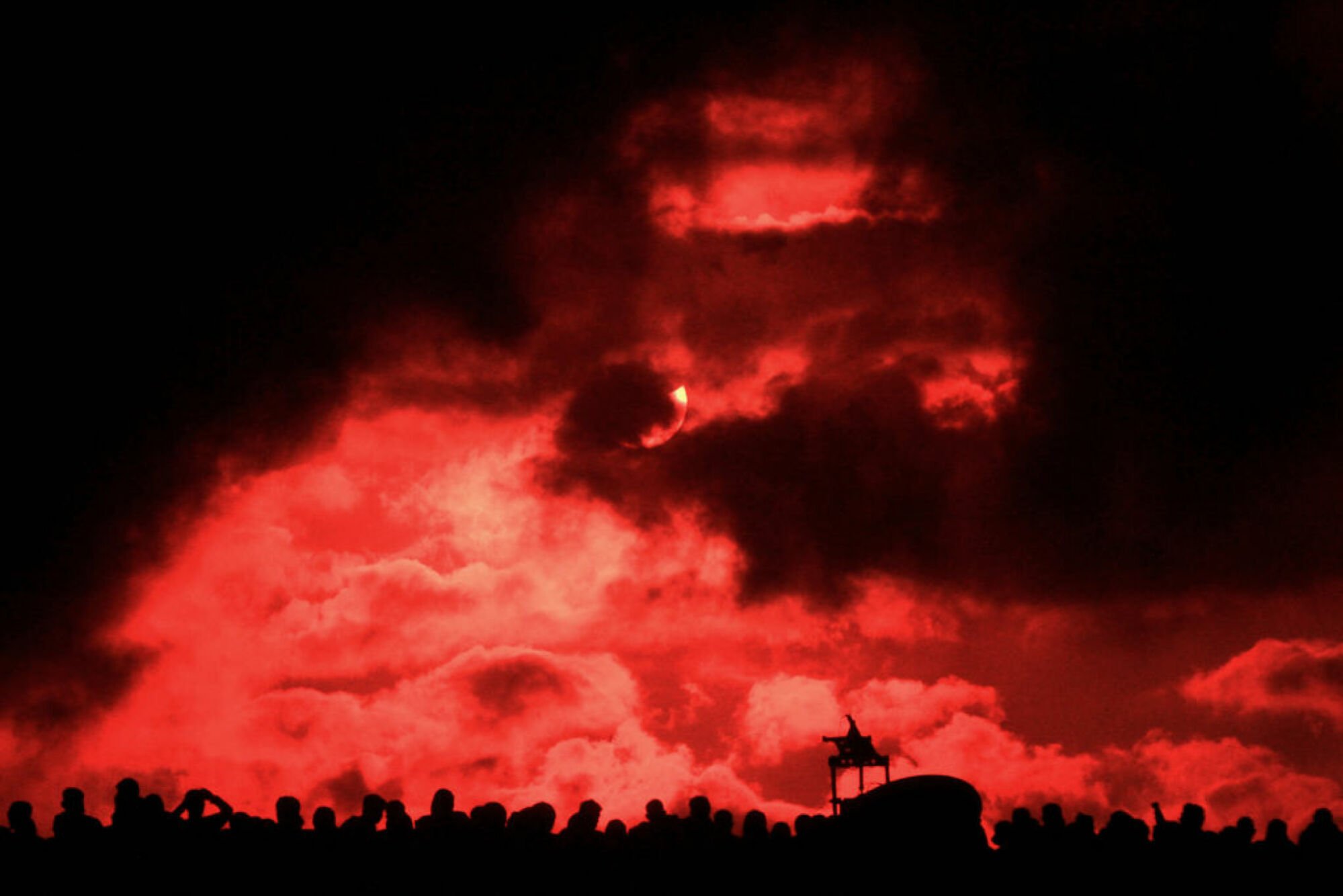
“It sounded cheesy, even though I study the sun and love the sun. The first time people were explaining this to me, I was like, ‘Yeah, sure, right.'”
Though a total solar eclipse isn’t particularly rare, Zeiler defines it as an unforgettable “peak life experience” that may become a new obsession.
“Once you’ve seen one, you’ll want to see another,” he said.
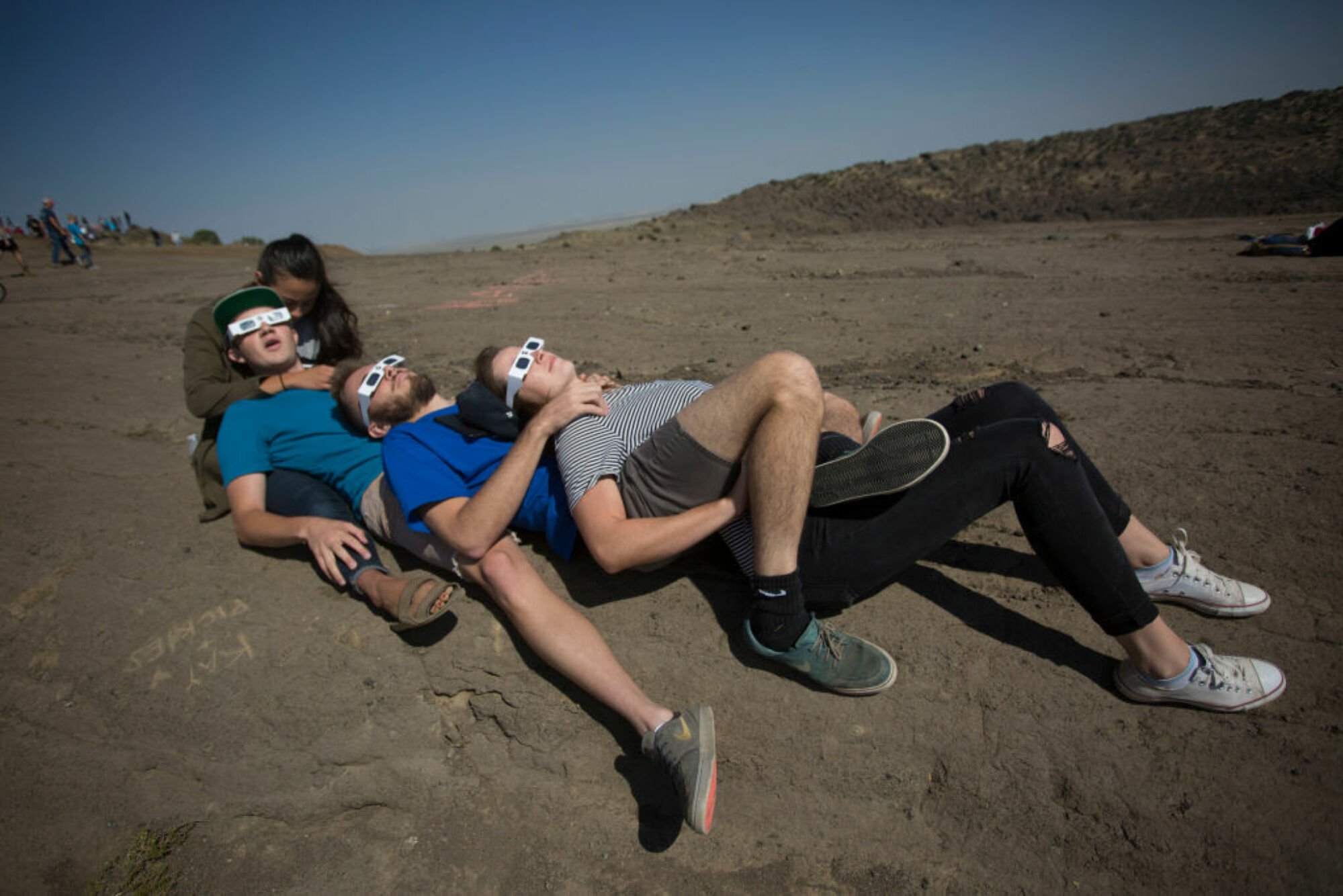
Even after all this time, Chou still gets emotional.
When that last bit of sunlight is snuffed out by the edge of the moon, and you see the corona for the first time for that eclipse, that is one of those absolute moments of wonder. You realize that this is something that the universe has provided for us, and there is nothing that we, as humans, can do to stop it, make it start over, or anything else. This is just the universe going on, no matter what.
It tells you a little bit about your place in the universe, which is not very much. You can be a cock of the walk, proverbially, and yet there is nothing you can do that will influence how this event is going to go on.
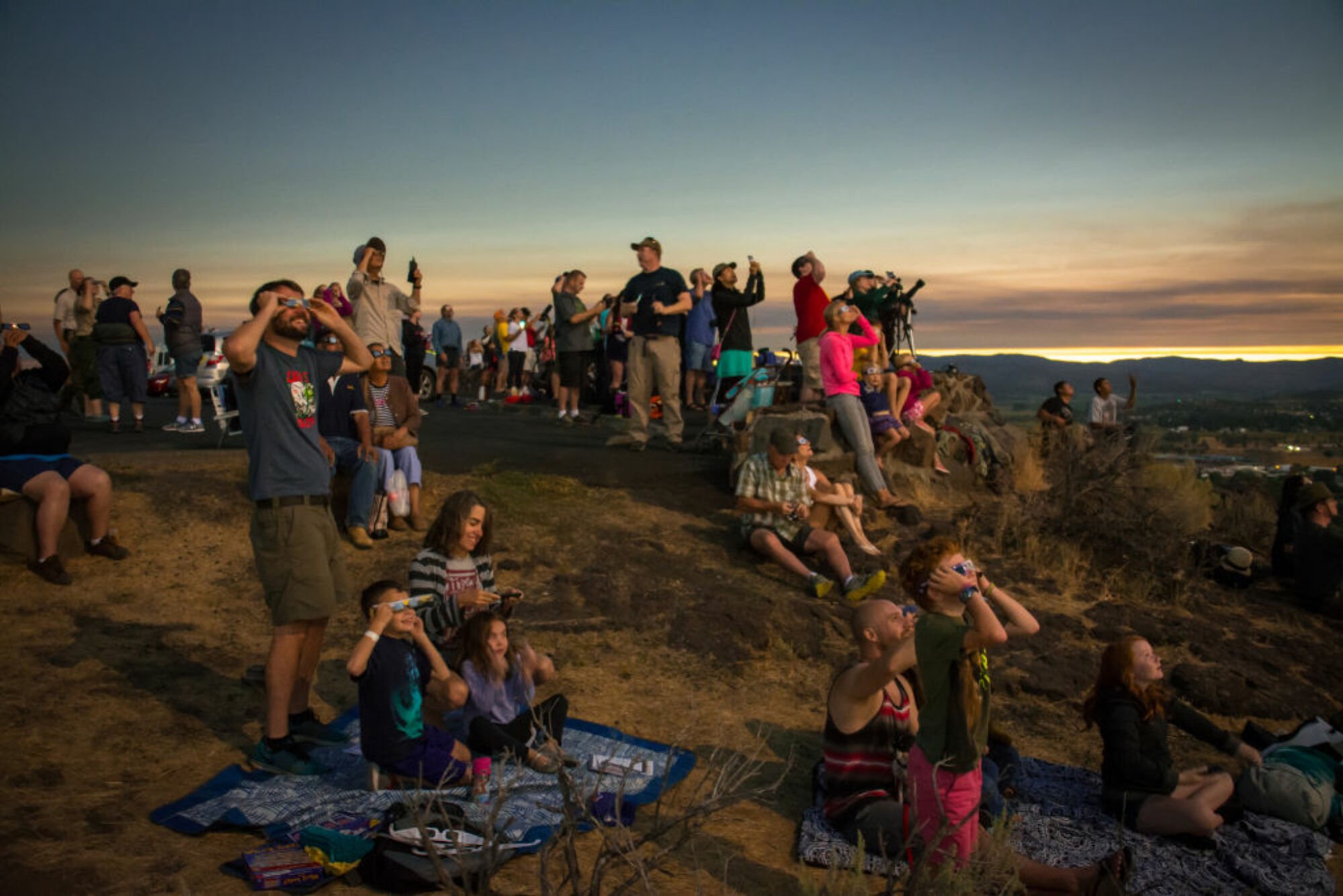
There’s a lot to ponder in what will amount to as much as 4.5 minutes of totality for the millions of people in the path of the moon’s shadow, which starts on Mexico’s Pacific coast, arcs from Texas to Maine, enters Canada through Ontario, and exits on the Atlantic Coast from Newfoundland. Major U.S. cities in the corridor include Dallas, Indianapolis, and Cleveland.
Special protective solar filters attached to cameras and other devices can allow viewers to capture the event in pictures and videos without damaging their vision, but Korreck gives the bold advice of putting the phone down.
You’re going to be gobsmacked by what you see, hear, and feel.
“Really just kind of drink it in,” she said, “instead of feeling like you have to take a picture right now.”
